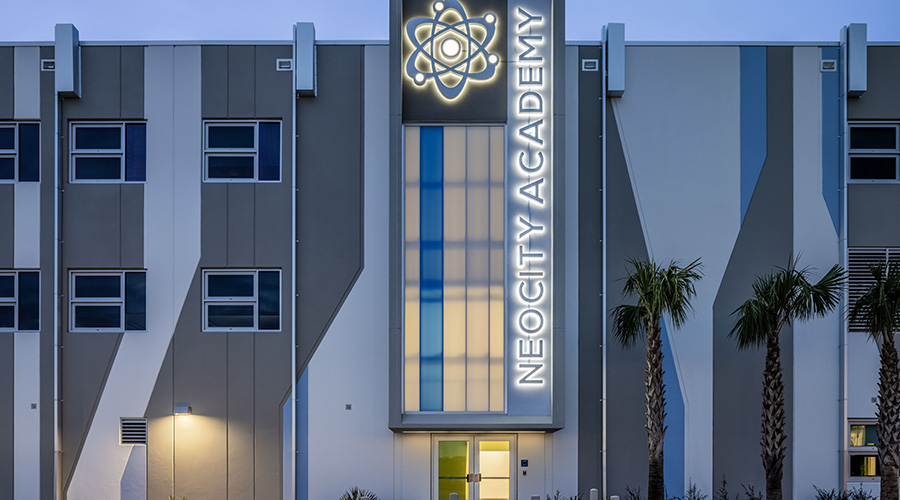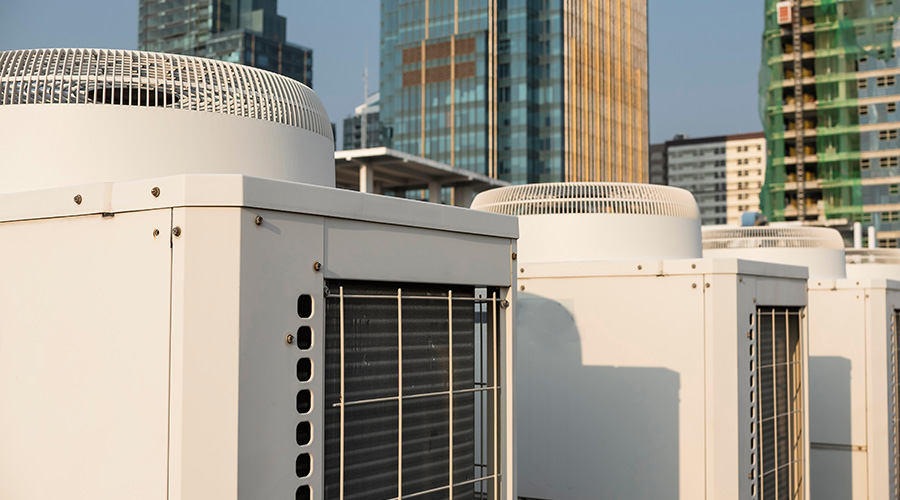Managers Discuss Water-Conservation Strategies
By Chris Matt, Managing Editor - Print & E-Media
OTHER PARTS OF THIS ARTICLEPt. 1: This Page
*Emily Barrett, Sustainability Manager, Town of Cary, Cary, N.C.
*Marty Laporte, Associate Director of Utilities for Environmental Quality and Water Conservation, Stanford University, Stanford, Calif.
*Jordan Sager, Sustainability Manager, Physical Facilities Division, University of California, Santa Barbara
Water conservation no longer is top of mind only for facility professionals in areas of the country where resources are scarce and utility prices high. Instead, managers in all types of facilities across the United States are working to minimize water use as a key component of broader sustainability initiatives.
What methods do you use to measure water use?
LAPORTE: We have more than 1,600 meters, so essentially every indoor use in most of the buildings — all of the academic buildings, certainly — is metered separately from outdoor use. If you don't meter, you don't measure, and you don't know how you're doing, good or bad.
BARRETT: We are going from a typical, manual meter-reading structure to a wireless meter-reading system. We're encouraged in a number of ways about the possibilities that it's going to give both us, when we manage our water use in our buildings, and our residents, when they manage their own water use. We've already started rolling out our wireless meter-reading system, named Aquastar. It will be fully deployed within a year and a half.
SAGER: We have two main lines coming into campus for Goleta Water District. We have numbers for whole-campus potable water use, and we have one main, 16-inch reclaimed line coming in from the sanitary district. Of the 100 or so large buildings we have on campus, we probably have sufficient metering on about half of them. The majority of those meters (in newer buildings) send out pulses through our building-automation system, so we can build really detailed reports.
What are the primary water-using systems in your buildings?
SAGER: For the campus as a whole, landscaping is huge. Of the total water use, landscaping would be about 30 percent. We have about 88-89 percent of our turf and planters irrigated with non-potable water. We have a lot of lab facilities on campus, and there's a lot of reverse-osmosis backwash water that's just sent down the drain that is a major water user.
LAPORTE: Because this is a research university, there is a lot of equipment that requires water use. We don't cool with domestic-water, once-through cooling. We have a re-circulating, university-wide system for chilled water that uses evaporative cooling and a centralized facility that distributes chilled water to buildings for space cooling and equipment cooling. Reverse osmosis (is another big water user).
BARRETT: It is restrooms (as our biggest user). We have a policy of not irrigating (landscapes around) exteriors of buildings. We do have one exception to that. For our athletic fields, we irrigate for safety purposes. One thing that's interesting or different at the Town of Cary is that some portion of our town is served by reclaim water lines. It's highly treated water from our wastewater-treatment facility. It goes out for purposes like irrigation.
What is the role of maintenance and engineering staff in developing and implementing water-conservation initiatives at your facilities?
SAGER: I write a lot of grant proposals for water-efficiency projects and work with our plumbing guys to actually get them implemented. We have a great team of plumbers that have installed more than 140 waterless urinals on campus. They're in the process of doing a sweep to change out flow restrictors to 0.5 gallons per minute on faucets in most of our general academic buildings.
LAPORTE: They play a big role. The maintenance is critical because, as we reach a fairly efficient threshold and have more water-efficient equipment and fixtures in buildings, if you don't maintain that stuff, it will start using more water. It gets out of calibration, and possibly wrong parts are installed if part replacement is done. For example, with high-efficiency toilets that are 1.28 (gallons per flush, gpf) or better, if somebody changes the pressure on the water and the duration that the flushometer toilet is flushing, you no longer have a 1.28 (gpf) toilet. It's really important that plumbing and engineering staff not only get the right equipment installed but also maintain it well and speak up if there are issues with it.
BARRETT: We do have a low-flow-toilet ordinance, so it's par for the course that we're going to have low-flow toilets. For example, we're building a fire station, and it's under design right now. We're asking the architects to make that fire station a high-performing building, which means it also will conserve water — we'll have low-flow showerheads. In that regard, my job — and the facilities manager has worked really hard with me in doing this — is raising the awareness so when fixtures do need to be replaced, that we replace them with fixtures that will save the town money in the long term.
What water-conservation initiatives have you implemented?
LAPORTE: We've retrofitted about 95 percent of the campus from higher-water-use toilets. Almost everything is at least 1.6 (gpf), and we're shifting to the 1.28 (gpf) as they become more available. We've retrofitted a lot of our urinals to the pint urinals. Most of our faucets (use less water) than the plumbing code, and the majority are 0.5 gallons per minute. They have the efficient aerators on them.
SAGER: Landscaping has been a big focus. Even though we primarily do use reclaim (water), there is still energy and environmental impact associated with reclaim water. So we have started switching out sprinkler heads, and we have expanded our weather-based controller system to areas of campus that it hadn't served. We have a central weather station that informs each landscape-irrigation zone on how much water to deliver.
What type of savings have water-conservation initiatives generated?
LAPORTE: Since 2000, we've installed more than a million square feet of new space. Even though we've done that, we've actually become more efficient. In 2001, we were using about 2.7 million gallons per day of domestic water. Last year and the year prior, we stayed steady at 2.14 million gallons per day.
SAGER: We've got pretty tight allowances from the Goleta Water District, and we do monitor our use closely for the entire campus to see whether we're coming close to that cap.
BARRETT: Not only is water conservation a resource-conservation issue regarding quantity of water. It's also a reducing-energy-use issue and a monetary issue. Putting a dollar figure per gallon on the energy use it takes to treat and transport water is meaningful. In the category of water and wastewater, treatment and transport is the No. 1 energy user for the town — far exceeding facilities.
How has conservation changed the way you specify products?
BARRETT: I really do believe we have (water conservation) in the forefront of our minds. Our facility manager is extremely mindful of the issue of water conservation. He has high expectations for what people can try and will be happy with.
LAPORTE: We have water-efficiency goals that we keep updating as new equipment and new technology becomes available. Essentially, we have certain standards (for equipment) that, by and large, is being installed.
SAGER: Every capital project has to go out to public bid, but we do what we can to keep things standardized in order to limit the amount of parts the guys have to carry around with them on their trucks at all times. We've come up with pretty tight requirements on what can go into buildings in terms of flow and flush rate.
What conservation initiatives are on the horizon?
LAPORTE: Right now, (measuring water use and metering) is not completely automated. With real-time metering, that will be a huge advance so people won't have to be generating these reports. But that's a huge investment and a huge change for the historical information, as well as the new (data).
SAGER: I think next is the expanded use of reclaim water. We're looking at cooling towers and toilets.
BARRETT: We're just at the beginning of rolling out some systematic approaches to water conservation. We're just getting to the point where we're going to have an online system so people can see some of the key sustainability metrics, including water use.
Related Topics:











